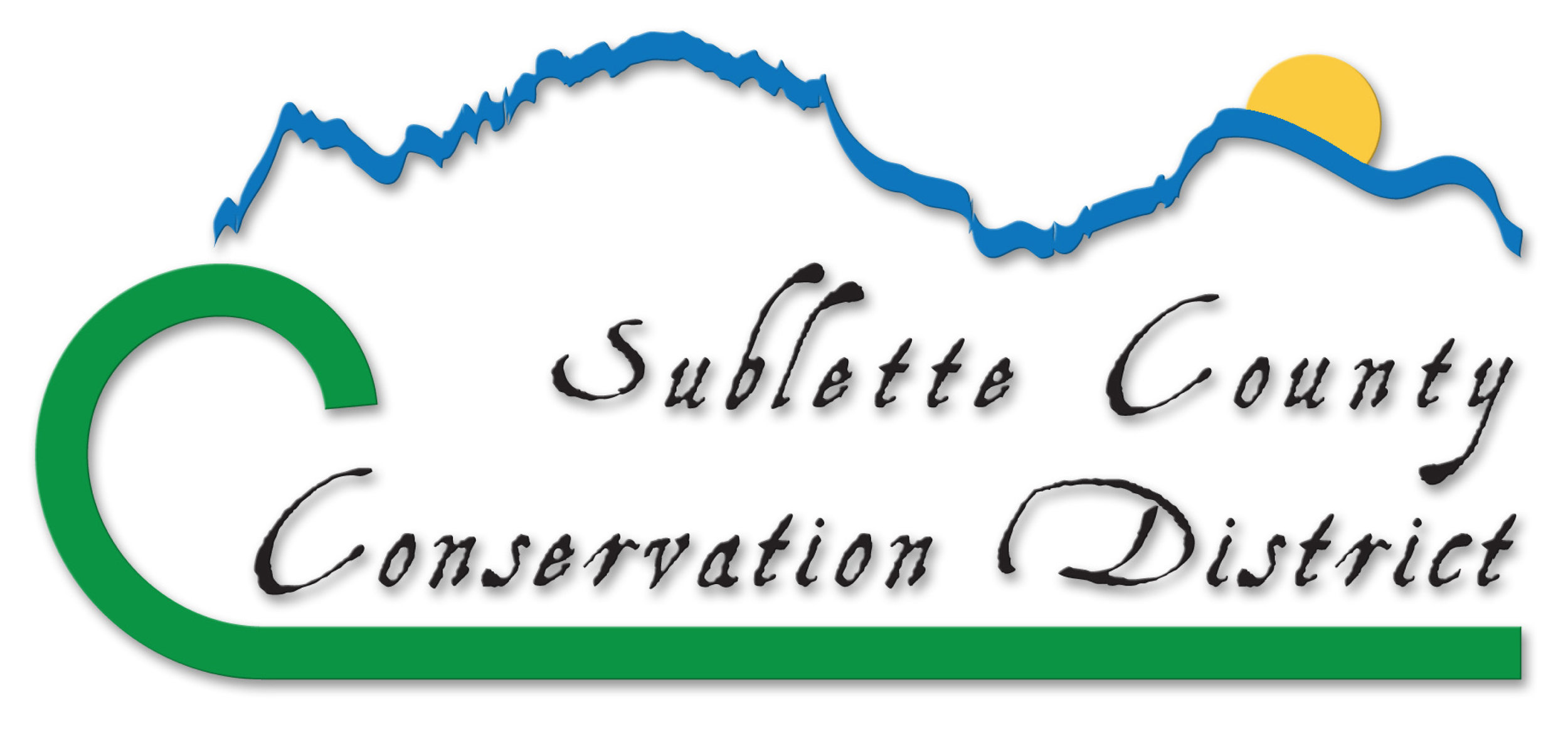Who we are
History
Before Conservation Districts existed, many times agencies working with conservation ended up competing with each other. Local leadership was needed to coordinate their efforts and tie them into local conditions and priorities. Because of this, the President developed a model Conservation District Law, for consideration by state governments. In March 1941, the State Legislature passed an enabling act, which established Conservation Districts in Wyoming. As subdivisions of the State of Wyoming, District's were to direct programs protecting local renewable natural resources. Originally, there were two Districts in Sublette county: Pinedale and Big Piney Conservation Districts, which were also the first two to organize in Wyoming. In 1987 the districts were consolidated into one, the Sublette County Conservation District. Today, Wyoming has 34 Conservation Districts in 23 counties.
When we meet
How we are governed
Since Conservation Districts are a subdivision of the State, their governance is prescribed within Title 11, Chapter 16 of Wyoming's Statutes. The District's Board of Supervisors is composed of 5, elected by non-partisan ballot. Supervisors, by law, represent both urban and rural constituencies. Supervisors serve staggered four year terms with a purpose to decide on Conservation District policy and monitor implementation. Supervisors also participate in committees, District associations, and groups in which they represent the District.
Board meetings are open to the public and held the 3rd Thursday of every month. They begin at 6:00 PM.
If you'd like to visit with the board, please call ahead so we may schedule a time period for you on our meeting agenda.
Special meetings that are open to the public may be held as needed by the board of supervisors, special meetings will be advertised on Facebook and our website.
What we do
SCCD works locally with landowners and permittees to promote the health, safety and general welfare of the citizens, while also protecting the customs and cultures of the community to assist and meet the needs of a community which relies on a multiple use, federally managed dominated landscape, while also promoting private property rights and providing technical assistance. The local nature, along with being a non-regulatory entity allows the District to aide in bridging the gap between private property owners and land managers. Thus, the goals and objectives encompassed in the District's programs include promoting the wise use of natural resources, enhanced wildlife habitat, controlled soil erosion and such, by promoting rangeland and watershed health and overall ecosystem health of the area’s natural resources. The staff consists of a team whose expertise is natural resource based, but with broad enough experience to create programs capable to assist with a variety of projects in an area where a “one size fits all” approach does not work. This allows the staff to be flexible enough to assist with constantly shifting priorities of policy and land management agencies (i.e. permit renewals, energy development, wildlife habitat, etc.), while endorsing overlapping opportunities and goals that benefit community members and multiple resource demands.
“By working with local people who understand local problems, the best conservation measures can be accomplished.”
SCCD Documents
SCCD develops documents to set goals, objectives and plans for coming years. Each year the annual report is developed showing projects and accomplishments made from July 1 to June 30. The plan of work sets goals for the upcoming year. SCCD also has a five-year long Long Range Plan. The current plan runs from 2020-2025. SCCD’s Land Use Policy allows SCCD to enter in cooperating agency relationships and guides involvement in issues. Use the buttons below to view each of the documents.


